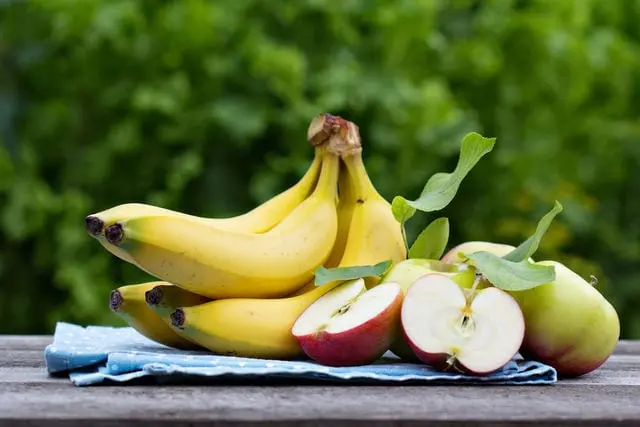It’s no secret that children are big sweet hunters. Therefore, some parents are willing to pamper their beloved crumbs with all sorts of goodies, while others categorically prohibit any sweets. They are sure that sugar is a continuous harm. Is this really the case? Or is it still possible to benefit from sweets?
Sugar-a strict ban?

To answer the question of whether children can have sugar, let’s first understand what it is. As a simple carbohydrate, sugar is involved in the production of a more complex compound — glycogen, which feeds the muscle tissue, heart and liver. Therefore, the body needs sugar. Infants meet the need for it with the help of lactose from their mother’s milk, which also contains all the necessary nutrients. Obviously, it makes no sense to include additional portions of sugar in the diet of a child up to a year old.
With the beginning of complementary feeding, you can add unsweetened pureed vegetables and fruits to the baby’s menu: carrots, pumpkin, zucchini, apple, etc. They contain fructose, aka simple sugar. Adding more sugar to baby formula and puree is strongly discouraged, as excessive amounts of it in the body interfere with the normal absorption of vitamin B, calcium and other vital elements.
The daily norm of sugar in the diet of a child under 2 years of age should not exceed 35-40 g, at the age of 2 to 6 years-60 g. At the same time, it is important to remember that sugar is found in many products: yogurt, buns, sausages, juices, and baked goods. Increased sugar content in the body over the years can lead to serious health problems for the child, such as the development of caries, overweight or diabetes. In addition, psychologists note that children with an ineradicable craving for sweets are more likely to experience sudden mood swings and mental problems.
Sweet Age

All these warnings are not a reason to give up sweets once and for all. It is important to understand when the child can be given sugar. As already noted, lactose, which is a type of sugar, is needed by the baby from the first days of life. It is maximally adapted for children’s digestion and is absorbed by the body without a trace. Fructose, which is present in vegetables, fruits and berries, is also quite easily broken down into its constituent elements and carried to various organs. The first complementary food with fructose content is recommended by pediatricians after 6 months. In combination with breastfeeding, this will be beneficial. However, it is necessary to choose fresh fruits for the baby’s menu carefully, since some of them can cause allergic reactions.
With sucrose, and simply sugar, the child should get acquainted in the very last place. Ideally — not earlier than in 4-5 years. This product can disrupt the metabolism and cause serious harm to weak baby teeth. The same can be said about sweets, chocolate, cakes and other high-calorie joys. Long-term observations show that children who did not know about the existence of all these treats until the age of three are able to refuse an extra portion and do not suffer from excessive attachment to sweets in the future.
Healthy treats

Obviously, sugar is necessary for children, but in moderation and only from healthy foods. How to replace sugar for a child, so that the love of sweets does not grow into a hard-to-control addiction?
Doctors recommend giving children half a sweet apple or banana instead of cookies, chocolate bars and cream cakes. In extreme cases, you can resort to more “light” treats: marshmallows, candied fruits,marmalade or pastille. Sweets will best replace dates, dried apricots, prunes, figs, dried fruits or berries. Just remember that dried fruits in bags purchased in supermarkets are often flavored with artificial preservatives. Therefore, it is best to buy them by weight.
The safest way to please your baby with sweets is to prepare them with your own hands. Dried banana chips, pears, carrots, and even beets are sure to appeal to them. The most useful homemade muffin is obtained from yeast dough without baking powder, dyes and other additives. A piece of yeast cake, supplemented with cottage cheese or fresh berries, is quite a delicious and healthy dessert. Too sweet jam will successfully replace natural honey. By the way, it can be used to sweeten cereals, fermented milk products and various drinks. Just to start, make sure that your child is not allergic to honey.
The good old hematogen will always come to the rescue. This undeniably healthy sweet contains amino acids, healthy fats and carbohydrates that normalize sugar in children after eating. And such a delicacy in large quantities contains iron, which improves blood formation and metabolic processes.
Whether the child needs sugar and in what quantities, ultimately it is up to you. The main thing is to approach this issue wisely and find a middle ground between strict prohibitions and a sincere desire to pamper your child with sweet goodies.









